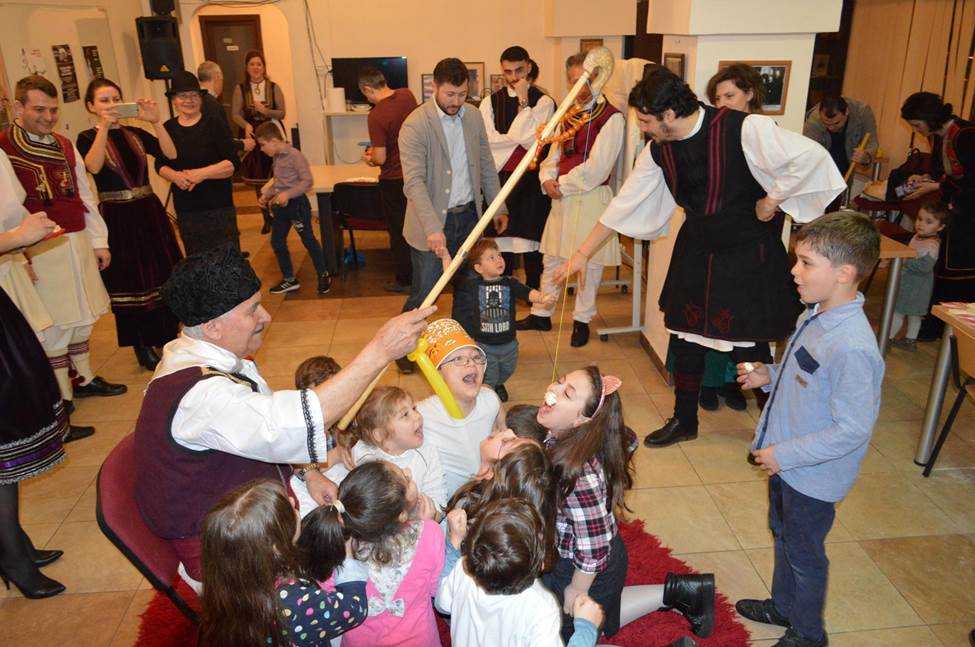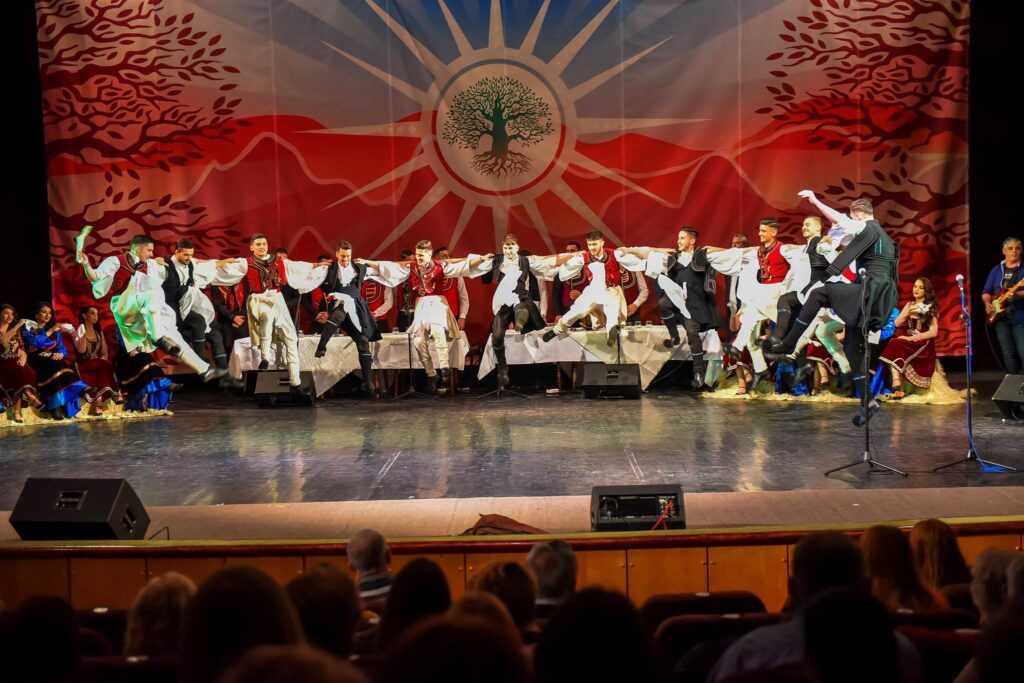An important part of the Dobrogean multi-ethnic picture is made up of Aromanians (named in some texts dating from the Middle Ages as Vlachs): a community originally born south of the Danube, today being dispersed in several areas of the Balkans. In the Byzantine period, they were categorized as shepherds and transhumance practitioners.
Currently, around 50-100 thousand Aromanians live in Romania, most of them in Dobrogea. In an ethnographic bulletin of the town of Camena, Tulcea county, T. Bujduveanu expresses that the traditions and customs of the Aromanians have something special, original, which brings them closer to the North-Danube people (Romanians) than to the Balkan people with whom they lived hundreds of years.
About the reconstitution of an old Aromanian custom, Irina Nicolae records in her book “Aromânii. Credințe si obiceiuri”: “Last Sunday before fasting (Păresimi, Preasini.ar) marks the beginning of the Easter fast, a special six-week period of purification of the human spirit, of control and repression of aggressive biological impulses, control of instincts, silence and total abstinence, the guarantee of purity being the essential quality associated to this great Christian holiday. The ritual includes visits of forgiveness, the culinary feast, the common meal, the exchange of gifts – practices that involves all the members of the Aromanian community. On Lăsata Secului Sunday, the relatives meet (the young go to the old, the old go to the godparents with gifts) and spend around the last table with pieces of meat, to eat before entering Fasting. In the family with elders, the young come visit, they kiss their hands, being honest and asking to be blessed; also people that had arguments between them are reconciled.
The party ends with the beating of the pan, called Hara-hasca, which is carried out in the following way: The oldest and most respected person in the family holds a stick from which he hangs a thread with a piece of pan or an egg at the end. All the participants of the party, sitting on their knees with their hands behind their backs, from the smallest to the largest, try to catch the pint or the egg with their mouths. The person who will manage to catch the halva/egg with his mouth, without the help of his hands, will have luck and many achievements throughout the year”.



